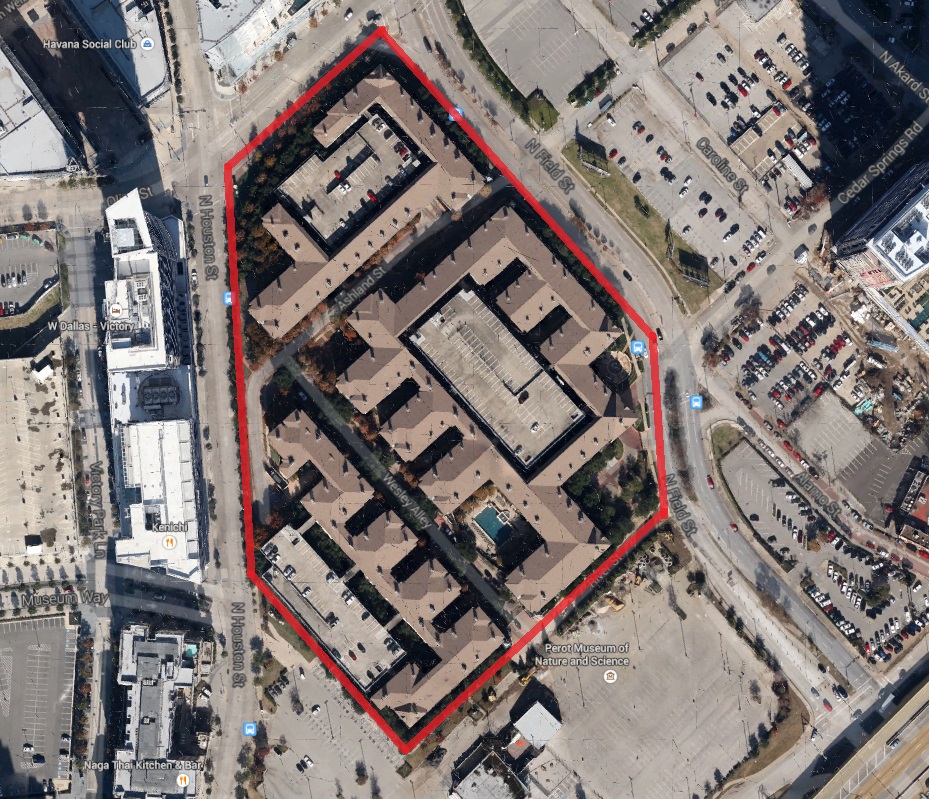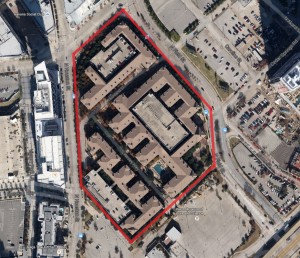Let’s talk about streets baby,
Let’s talk about den-si-ty,
Let’s talk about all the good things and the bad things with ci-ties,
Let’s talk about streets.
If you didn’t get the hint, we’re going to talk about streets and density, which are both very important for cities. Density is the reason we choose to live in cities in the first place – to be close to other people, jobs and the multitude of cultural attractions only a critical mass of people can support. It’s economies of scale involving people. In a city, it’s also important to have density of streets – city blocks that are short, compact and highly interconnected. This facilitates efficient movement of people by disbursing them over an entire grid rather than through a few corridors. Suburban blocks are long curving streets that typically end in cul-de-sacs and serve a different purpose. They purposely block off traffic and impede its flow creating privacy and quietness. There’s nothing wrong with this if it’s your goal (or if you’re a developer and want to cram as many houses on a plot of land as physically possible). But this type of design has no place in a city, especially in and around the urban core. Thankfully, I think we are at a point where the suburbs are trying to emulate city design and not the other way around. However, you’d be surprised how many suburban elements can be found in even the “densest” parts of Dallas.
Without further ado, let’s look at our first case study in “What’s up with that city council?” Let’s start with the terribly out-of-place apartment complex called the “North End” right in the heart of Victory Park. These provincial, gated apartments are bounded by Olive St., N. Field St. and Houston St. There’s nothing terribly wrong with them. They would look great on the rolling prairies of Frisco or McKinney surrounded by similarly-styled, four-story apartment complexes. But it has no business being in this neighborhood. As I mentioned, the entire complex is gated – like an impenetrable moat – and blocks off the natural flow of people and vehicles along Ashland and Cedar Springs Dr. (See below. The moat is in red.)
It’s an island of suburbia in the middle of what should be an entertainment hotspot given its proximity to American Airlines Center and the restaurants and bars of Victory. The developer should be thrashed thoroughly with a wet noodle for even contemplating it, let alone actually going through with the awful deed.
So, what can we do? Unfortunately, not much. Under PD 193, this development meets the requirements of MF-3 and is in complete compliance and architectural harmony with its surrounding neighborhood (*cough, cough). And therein lies the real problem. The city thought of everything when it came to channeling the development within PD 193, from setback and height specifications to parking ratio requirements (an issue for another day) and even provisions for amateur communication towers (not kidding), but they missed one of the most important things – the effect on the surrounding street grid.
In the interest of full disclosure, I represent developers and am also guilty of helping push a project through the city approval process even if it’s not what the neighborhood wants or needs (as long as it’s in my client’s best interest). And nothing irks me more than a city or town or village (I’m looking at you Chicagoland) that gets too involved in the development process and presses on every last detail. It’s one thing to talk about setbacks and traffic impact, but arguing over the appearance of downspouts is ridiculous. Dallas has never had this problem. In fact, the opposite is true here. Developers have had their way since the city’s very beginning. I am an advocate for the market determining the proper use and function of property, but there are certain fundamentals that should never be compromised even if it means killing the deal. This includes (i) breaking up, walling off or interrupting the city street grid, (ii) failing to include adequate sidewalks and (iii) ignoring residents, businesses and other stakeholders who have a vested interest in the surrounding community. Other than these sacred oaths, everything is on the table in my opinion.
But like I said, there’s nothing we can do about this project. Until a new owner comes along and needs the city’s approval to redevelop the property, all we can do is stomp our feet and write angry, vengeful blogs that nobody really reads. However, what we can do is keep our eyes open and look for similar developments currently making their way through the city approval process. Thankfully, most developers are waking up to the fact that people want dense, well-connected neighborhoods. But there are still a few troubling cases out there. For example, Trammel Crow and Sam’s Club. For shame. Sprawling big-box stores do not belong anywhere near the urban core. Their very concept goes against a proper city grid. The fate of Cityplace (and most of Old East Dallas for that matter) is still uncertain. But if the past is any indication, things do not look promising. That is, unless the rest of us start making a ruckus down at city hall and make sure our elected leaders stay true to their promise – to make Dallas a world-class city. It all begins and ends with our streets.






